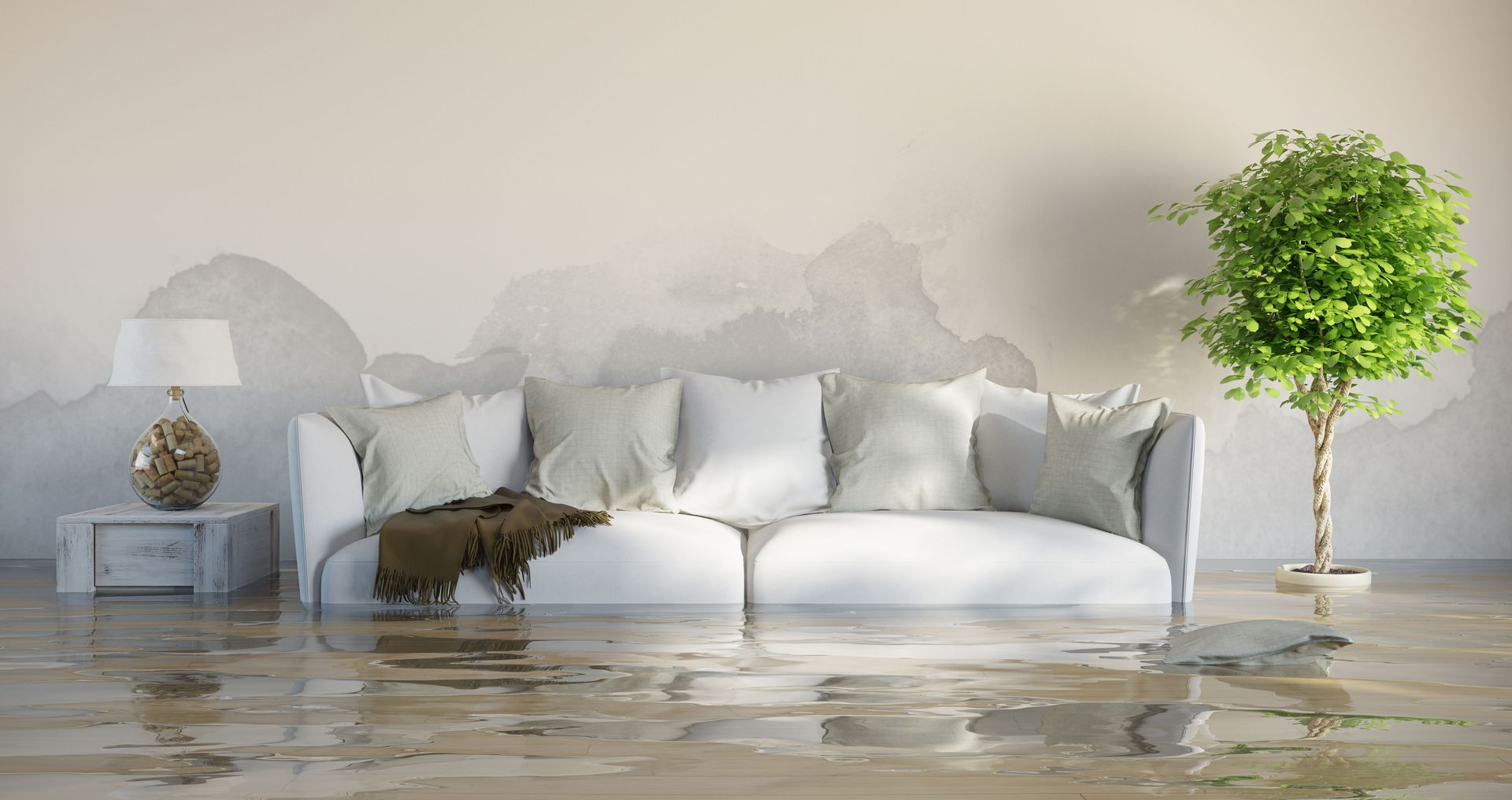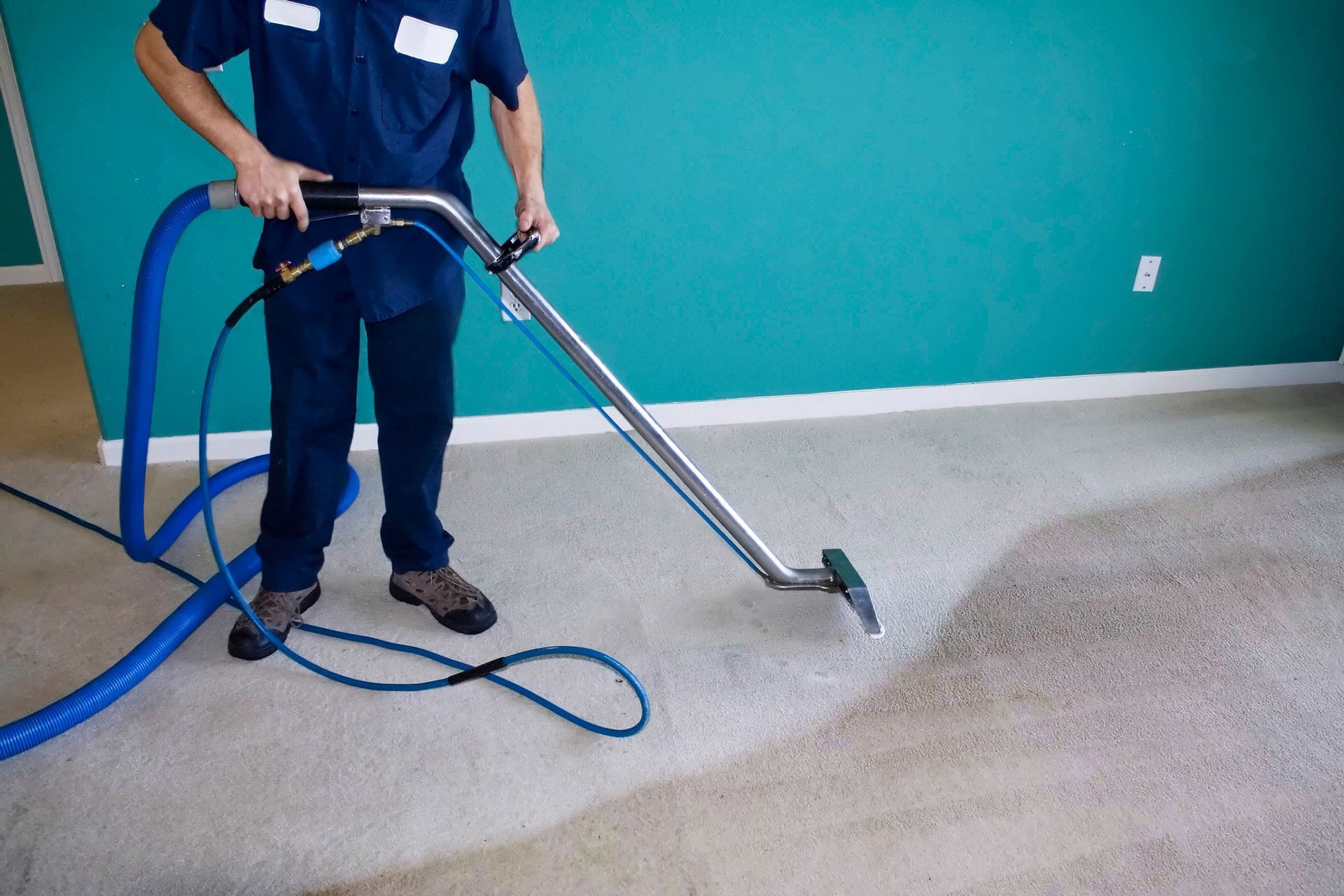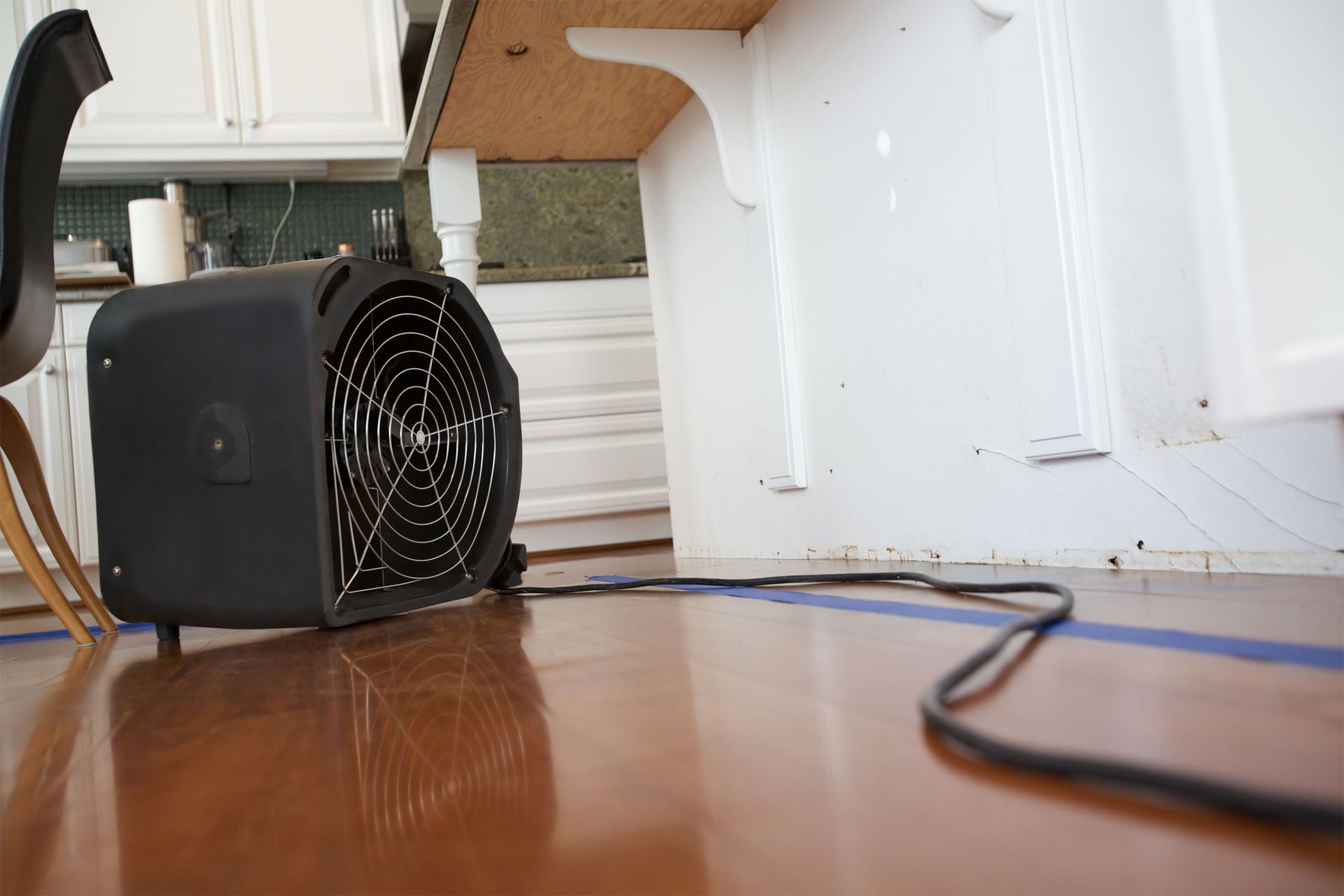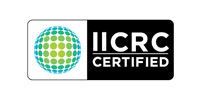November 6, 2025
Water damage in homes is a prevalent issue that can lead to extensive and costly repairs. Understanding common causes and how to prevent them can save homeowners time, money, and stress. This article explores these common causes and offers practical solutions to mitigate the risk of water damage in your home.
1. Plumbing Leaks
1.1 Identifying Common Sources of Plumbing Leaks
Plumbing leaks are one of the most common causes of water damage in homes. Leaks often originate from worn-out pipes, joint failures, or improperly installed fixtures. Kitchens and bathrooms frequently harbor leaks due to their heavy reliance on plumbing systems. Hidden leaks are especially insidious, as they do not immediately reveal themselves, leading to silent but severe damage. According to This Old House, hidden leaks can cause an average household to lose nearly 10,000 gallons of water annually. Hiring a professional water damage remediation company can help detect and resolve hidden leaks before they escalate into larger problems.
1.2 Effects of Plumbing Leaks on Home Structures
The effects of plumbing leaks can be devastating to a home’s structure. Continuous exposure to moisture can weaken the integrity of wooden beams and cause metal components to rust. Over time, this leads to structural instability and potentially dangerous living conditions. Additionally, moisture encourages mold growth, which not only affects the home's structure but also poses health risks to occupants. A certified water damage remediation company can provide expert mold treatment and structural drying to restore affected areas safely.
1.3 Early Warning Signs of Plumbing Leaks
Detecting plumbing leaks early can save homeowners from extensive damage. Common signs include unexplained increases in water bills, the sound of running water when no fixtures are in use, and the presence of wet spots or discoloration on walls and ceilings. Musty odors may also indicate hidden leaks within walls or under floors. Homeowners should also be vigilant about checking water meters, as consistent readings can confirm the presence of leaks. If early signs of damage appear, contacting a water damage remediation company promptly can help prevent long-term issues.
1.4 Preventive Maintenance for Plumbing Systems
Regular maintenance is crucial to prevent plumbing leaks. Homeowners should inspect pipes and fixtures at least annually for signs of wear or corrosion. Engaging the services of a professional plumber to conduct routine checks can prevent minor issues from escalating into major problems. Additionally, replacing older fixtures with newer, more reliable models can help to mitigate leak risks. Simple practices like insulating pipes in colder climates can also prevent frost-related leaks, and consulting a water damage remediation company can ensure comprehensive protection against future plumbing failures.
1.5 Repair Options for Leaking Pipes
Once detected, leaking pipes must be addressed promptly to avoid further damage. In many cases, a simple patch or sealing can provide a temporary fix. For more significant leaks, professional plumbers may recommend replacing sections of damaged pipe entirely. Homeowners should weigh the costs of repair versus replacement, as updated piping systems often offer better longevity and reliability. Partnering with a reputable water damage remediation company ensures effective repairs and prevents hidden moisture from causing secondary issues like mold or rot.
2. Roof Damage
2.1 Common Roof Issues Leading to Water Damage
Roof damage is another prevalent cause of water damage in homes. Missing shingles or tiles, improperly sealed flashing, and clogged gutters are common culprits. These issues allow water to seep into the structure, leading to rot and mold growth. Regularly inspecting these components can help in identifying and resolving vulnerabilities. Not only do these issues pose a structural risk, but they can lead to costly energy inefficiencies.
2.2 Inspecting Your Roof for Vulnerabilities
Regular roof inspections are essential in identifying potential sources of water damage. Homeowners should look for signs of damage such as missing or broken shingles, sagging rooflines, and granule loss. It is also vital to check for signs of moisture within the attic space, like water stains or mold. Professional roof inspections can offer a more comprehensive understanding of potential risks. Annual inspections, combined with post-storm assessments, provide the best protection against chronic issues.
2.3 Impact of Weather on Roof Durability
Weather plays a significant role in the health of a roof and its ability to protect against water damage. Severe wind, hail, and heavy rain can all contribute to wear and tear over time. Additionally, UV exposure from sunlight can degrade roofing materials, making them more susceptible to damage during storms. To mitigate these effects, homeowners should select durable materials designed for their local climate. Proactive maintenance after extreme weather events can identify newly developed vulnerabilities.
2.4 Routine Roof Maintenance Practices
Routine maintenance is key to preserving your roof’s integrity. Regularly cleaning your gutters ensures that water can flow away from the roof efficiently, reducing the risk of water pooling and damage. Trimming tree branches near the roof reduces the risk of physical damage from falling limbs. Homeowners should also consider applying roof sealants to enhance water resistance and prolong material life. Regular professional cleanings can help maintain the roof's integrity and aesthetic appeal.
2.5 When to Consider Roof Repair or Replacement
Knowing when to replace or repair a roof is crucial for preventing water damage. Minor damage or leaks may be resolved through targeted repairs, which are typically less costly. However, extensive damage, multiple leaks, or roofs that have reached the end of their lifespan often require complete replacement. A new roof not only solves current issues but can also increase home value and energy efficiency. Expert consultation can help homeowners make informed decisions based on the extent of damage and roof age.
3. Faulty Gutters and Drainage Systems
3.1 Understanding the Role of Gutters in Water Management
Gutters play a crucial role in managing water flow and protecting your home from damage. By directing rainwater away from the house, gutters prevent water from seeping into the foundation or causing erosion. Faulty gutters can lead to water pooling and increase the risk of basement flooding and foundation damage. Ensuring that gutters are in good working order is essential in maintaining water management. Regular maintenance and upgrades can keep them functioning effectively.
3.2 Signs Your Gutters Are Failing
Recognizing signs that your gutters are failing is important to prevent water damage. Overflowing gutters during rainfall, visible sagging, and water stains on the exterior of the home are common indicators. Rust, peeling paint, and mildew near the foundation can also suggest gutter problems. If left unaddressed, these issues can lead to costly damage beneath the surface. Homeowners should address these indicators promptly to maintain the structural health of their homes.
3.3 Cleaning and Maintenance Tips for Gutters
Regular cleaning and maintenance can extend the lifespan of your gutters and improve their efficiency. Clearing out debris such as leaves and twigs ensures that water can flow unobstructed. It's advisable to clean gutters at least twice a year, especially after heavy leaf fall or storms. Checking for secure attachments and any signs of wear should be part of routine maintenance. Installing gutter guards can help reduce debris accumulation and simplify future cleaning efforts.
3.4 Installing Gutter Guards and Improvements
Gutter guards are an excellent way to enhance the efficiency of existing gutter systems. These guards prevent debris from clogging gutters, allowing water to flow freely. Installing gutter guards can significantly reduce maintenance time and help protect against serious clogs. There are various types of gutter guards available to suit different budgets and gutter systems. Investing in these improvements can have long-term benefits in preventing water-related structural issues.
Preventing water damage requires vigilance, routine checks, and proactive measures. By identifying potential risks and implementing effective prevention strategies, homeowners can protect their property from the extensive damage that water can cause. Ensuring your home is well-maintained and prepared for both everyday risks and unexpected events is key to mitigating water damage. If you're looking for a reliable water damage remediation company, make sure to contact Service Pros of Northern Virginia today!







